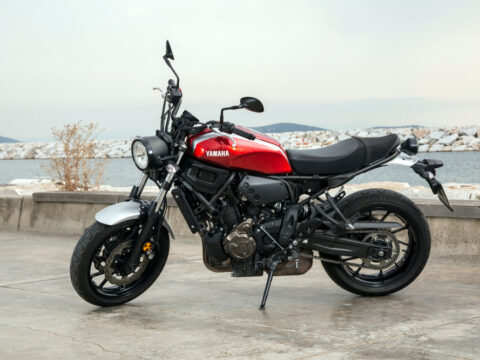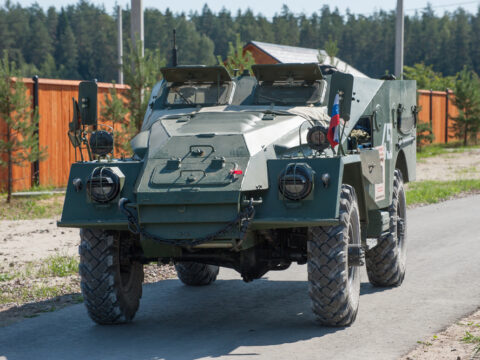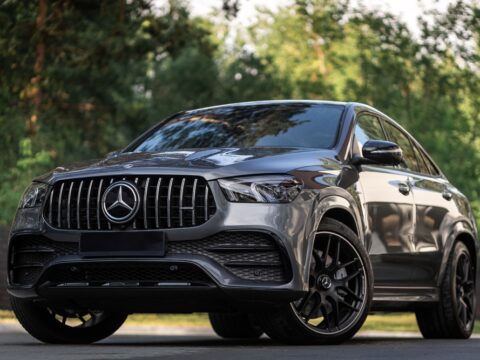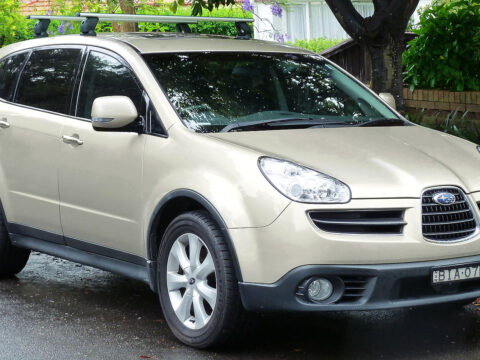The saying “You don’t know what you’ve got until it’s gone” rings true for car enthusiasts reflecting on discontinued Ford models. Ford’s diverse lineup over the years included everything from sporty coupes to practical trucks, many becoming favorites among consumers and car buffs. Sadly, shifts in market trends and consumer preferences have led to the discontinuation of some iconic Ford vehicles.
Contents
Ford Thunderbird
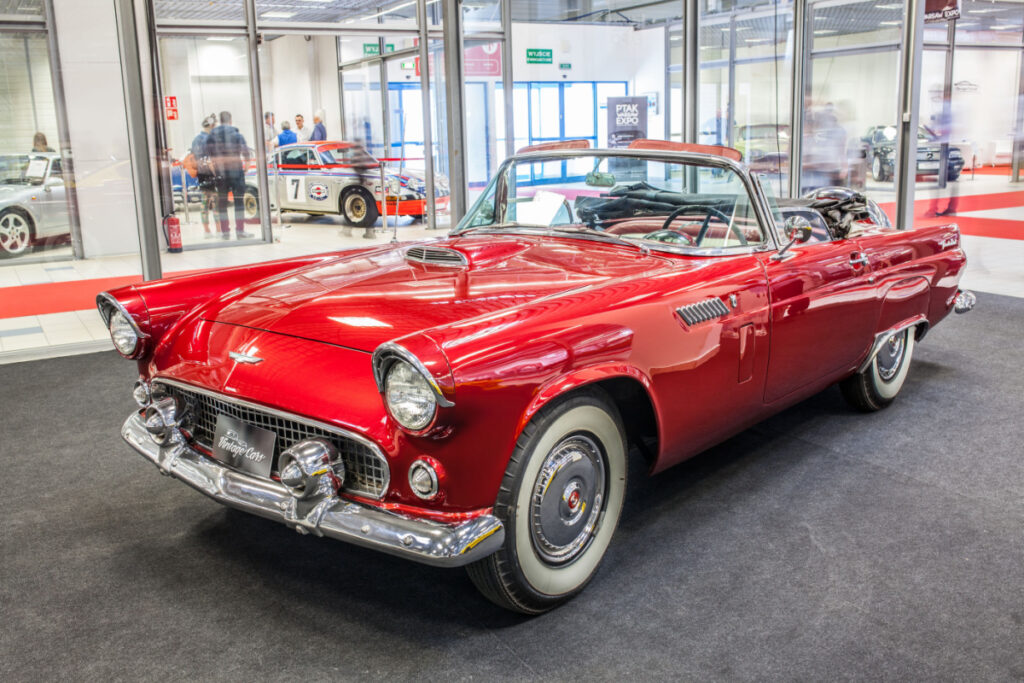
The Thunderbird was an American automotive icon introduced in 1955, a mix of luxury and sportiness that resulted in a new class of vehicle: the personal luxury car. The Thunderbird’s charm was its sophisticated elegance, top-tier comfort, and unique style, which radically changed over generations. The car had a long run but was discontinued after the 2005 model year. Enthusiasts argue that Thunderbird’s distinct style and unique market segment shouldn’t have been left vacant by Ford, especially considering the revival of luxury coupe segments in recent years.
Ford Mustang SVO
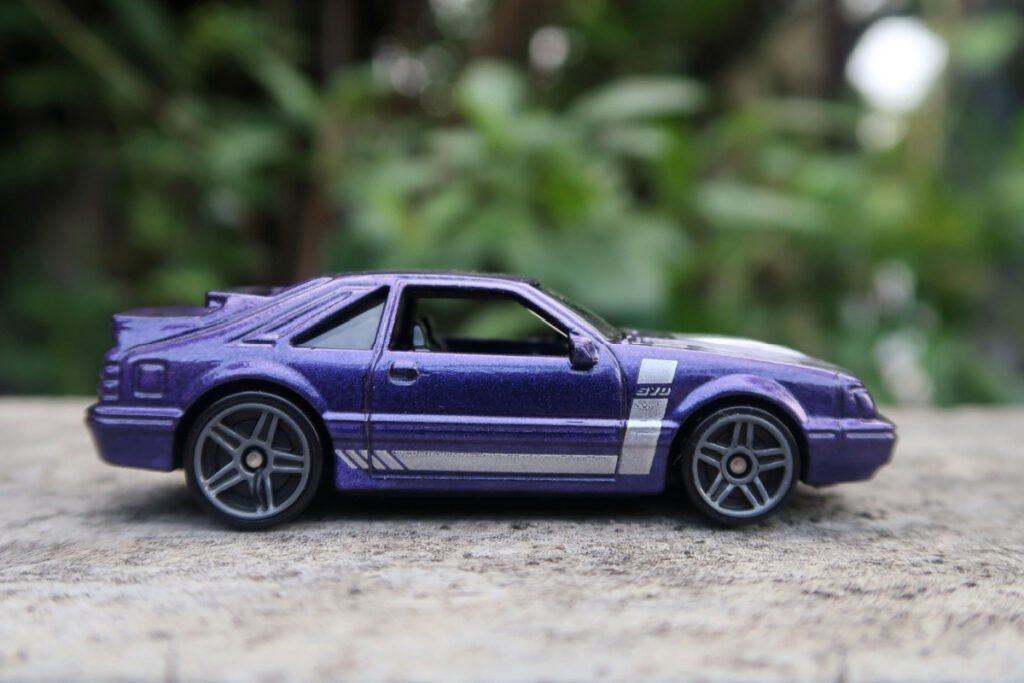
Built in the mid-80s, the Mustang SVO was a turbocharged, high-performance model that broke away from the traditional V8 powerplant. Its 2.3L turbocharged four-cylinder engine produced a remarkable 200 hp and 240 lb-ft of torque, offering a balance of performance and fuel efficiency. Despite its advanced engine technology and handling characteristics, Ford ceased production in 1986. The SVO should have never been discontinued, given the trend towards smaller, turbocharged engines in performance cars today.
Ford Excursion
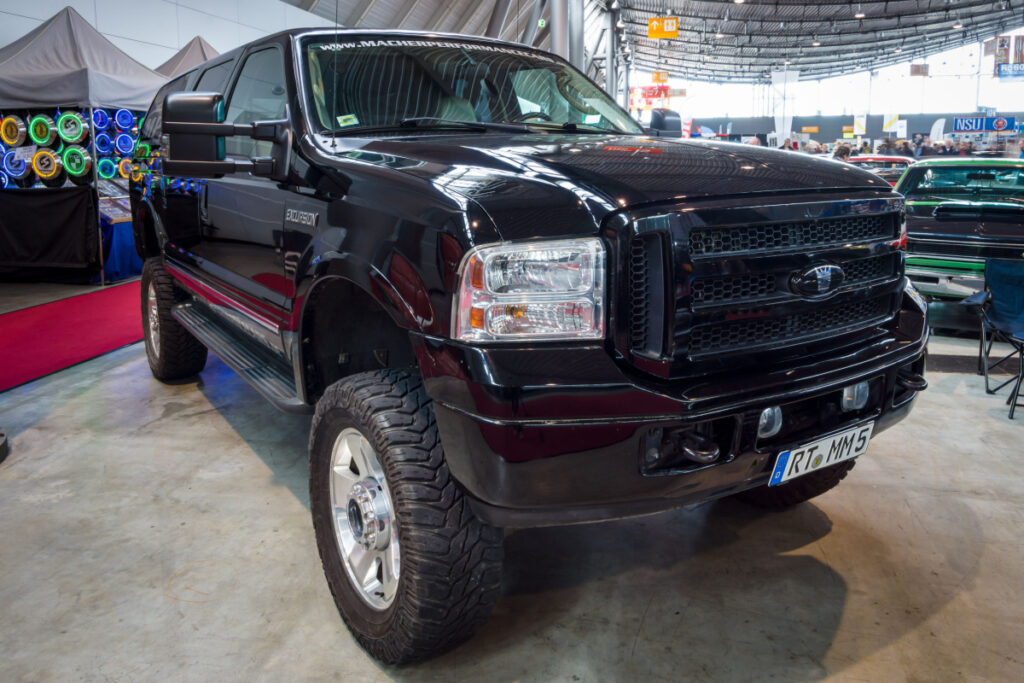
A full-size, heavy-duty SUV based on the F-250 pickup, the Excursion was a beast of a vehicle with a huge towing capacity and ample interior space. Discontinued in 2005 due to poor fuel economy, many believe the Excursion was ahead of its time. Given the current popularity of large SUVs and improvements in fuel economy, a modern version would likely find a substantial market.
Ford Bronco II
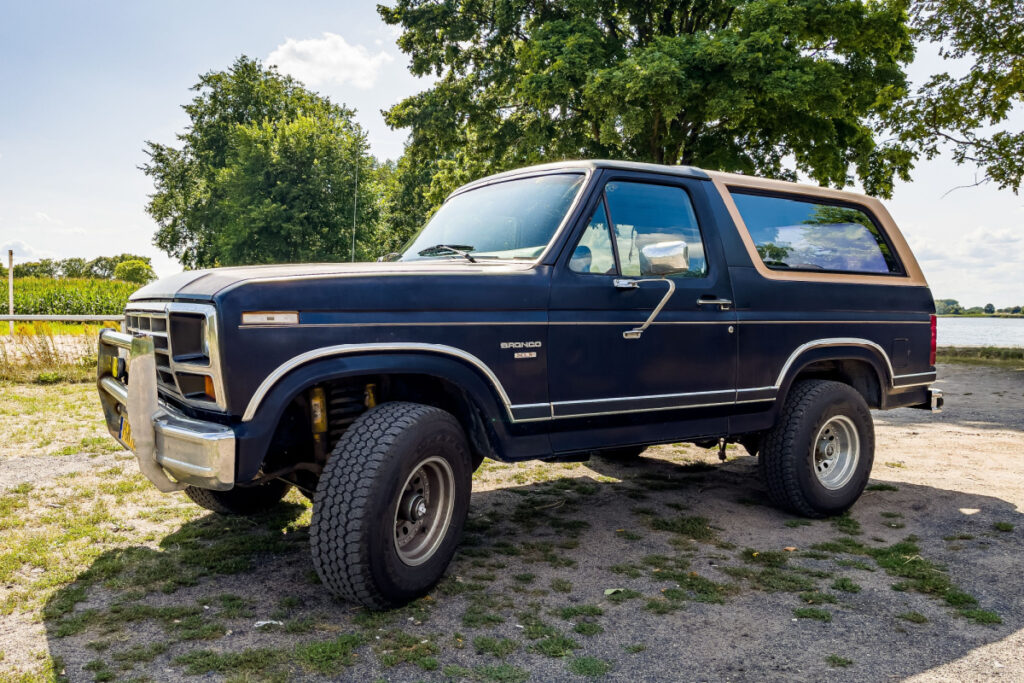
The smaller predecessor to the successful Bronco, the Bronco II, was an affordable and capable compact SUV. Discontinued in 1990 due to safety concerns, the Bronco II had a loyal fan base who appreciated its ruggedness and off-road capabilities. Enthusiasts argue that with the advancements in vehicle safety since its discontinuation, a revamped Bronco II could have been a strong competitor in the compact SUV market.
Ford Crown Victoria

Best known for its use as police cruisers and taxis, the Crown Victoria was a reliable, body-on-frame sedan with a potent V8 engine. Discontinued in 2011 due to the rise of front-wheel-drive unibody sedans, many car enthusiasts believe the Crown Victoria could have evolved into a great modern muscle sedan given its powerful rear-wheel drive platform and spacious interior.
Ford Torino
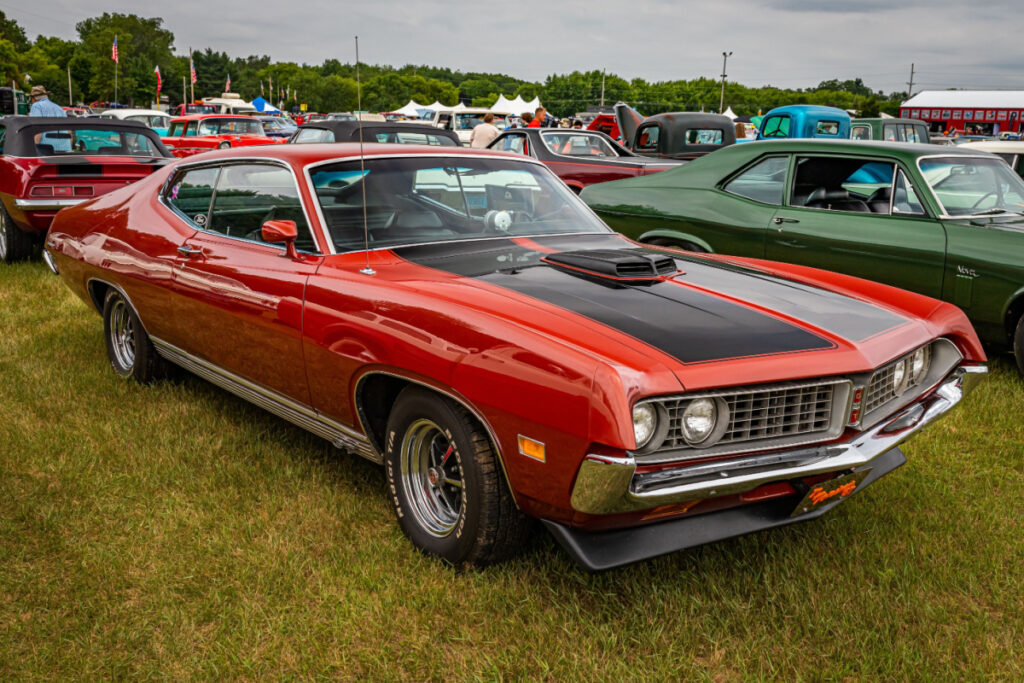
The Ford Torino was a mid-sized car produced between 1968 and 1976. It became popular due to its combination of size, power, and styling and was even the base for Ford’s NASCAR entries. The Torino was replaced by the LTD II in 1977. Still, fans argue it was a missed opportunity to continue the brand’s muscle car legacy, especially considering the retro-styled muscle car renaissance of the 2000s.
Ford Falcon (US version)
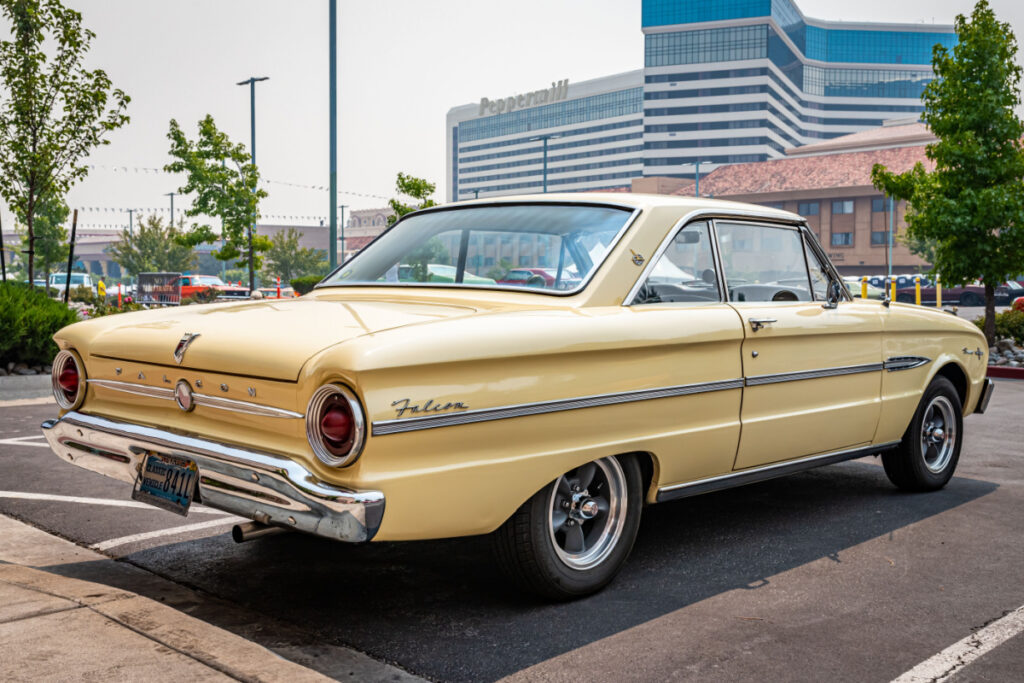
The Falcon was an important compact car in Ford’s lineup from 1960 to 1970. The platform underpinned the first-generation Mustang, and its straightforward design made it a favorite among hot-rodders and racers. Although the Maverick replaced it, enthusiasts believe that the Falcon’s combination of simplicity and versatility would have made it a hit in today’s market of stripped-down, enthusiast-oriented vehicles.
Ford Ranchero
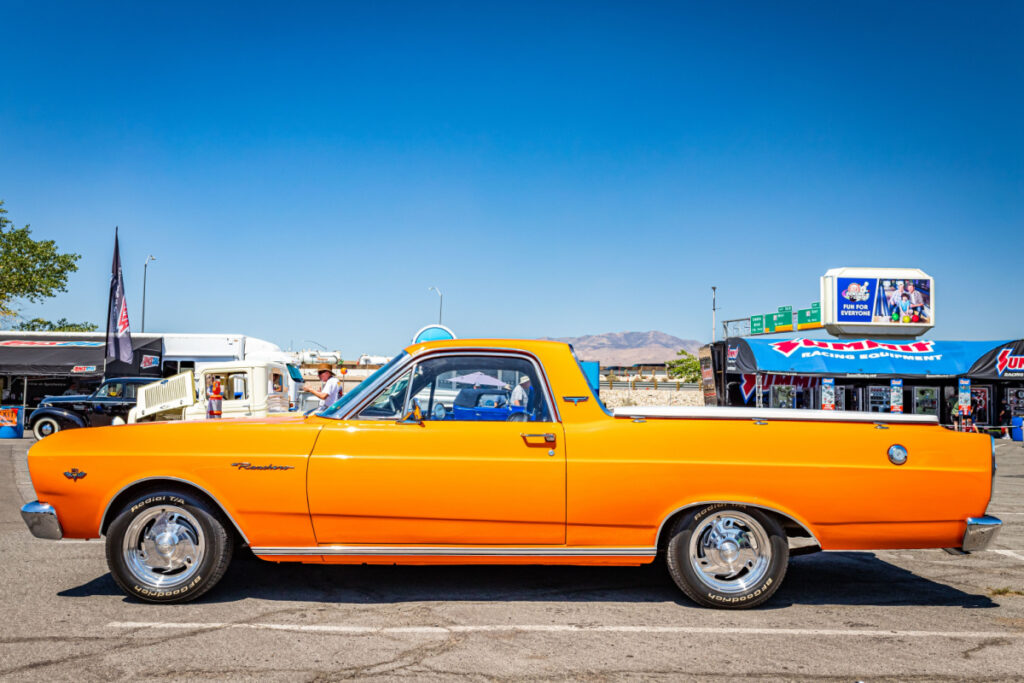
Ford’s car-based pickup, the Ranchero, was a versatile vehicle that offered the comfort of a car with the utility of a truck. Its production stopped in 1979, but fans argue that the Ranchero could be a strong contender in today’s market with the resurgence of interest in smaller, more fuel-efficient pickup options.
Ford Probe
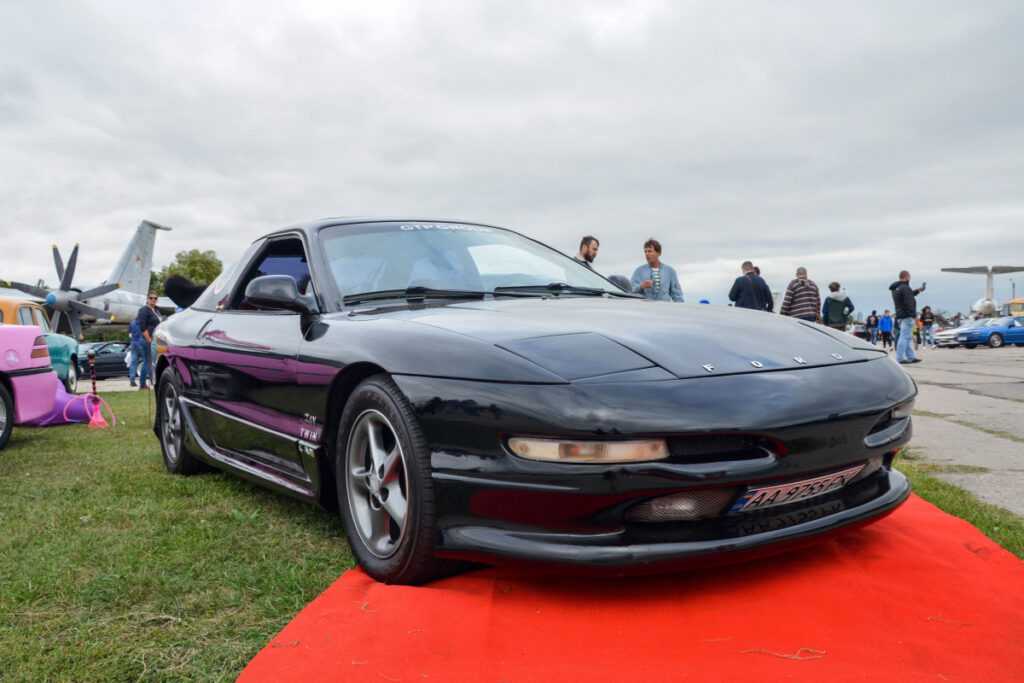
Released in the late ’80s as a potential successor to the Mustang, the Ford Probe was a sporty, front-wheel-drive coupe that was more sophisticated and international than the Mustang. Although its production ended in 1997, fans argue that the Probe’s focus on handling and fuel efficiency rather than raw power makes it a better fit for today’s market than when it was originally sold.
Ford Escort RS Cosworth

This rally-inspired version of the Escort was known for its huge rear wing and impressive turbocharged performance. While it was never officially sold in the US, enthusiasts worldwide continue to admire its unique design and racing pedigree, suggesting it should’ve had a longer production run and broader market availability.
Mercury Marauder
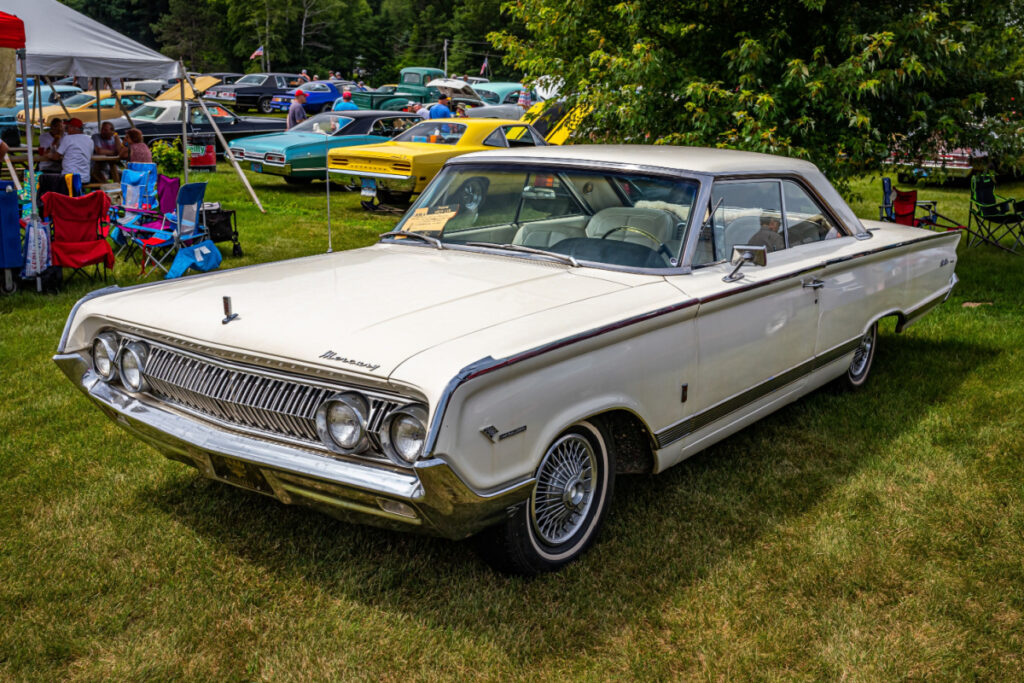
A high-performance variant of the Mercury Grand Marquis, itself a twin to the Ford Crown Victoria, the Marauder had a dual nature as a comfortable cruiser and potent muscle sedan. Its discontinuation in 2004 left a void in the market for a large, V8-powered, rear-wheel-drive sedan. Fans argue that the Marauder, with its blend of luxury and performance, would still find a niche in today’s automotive market.
Ford Fiesta ST
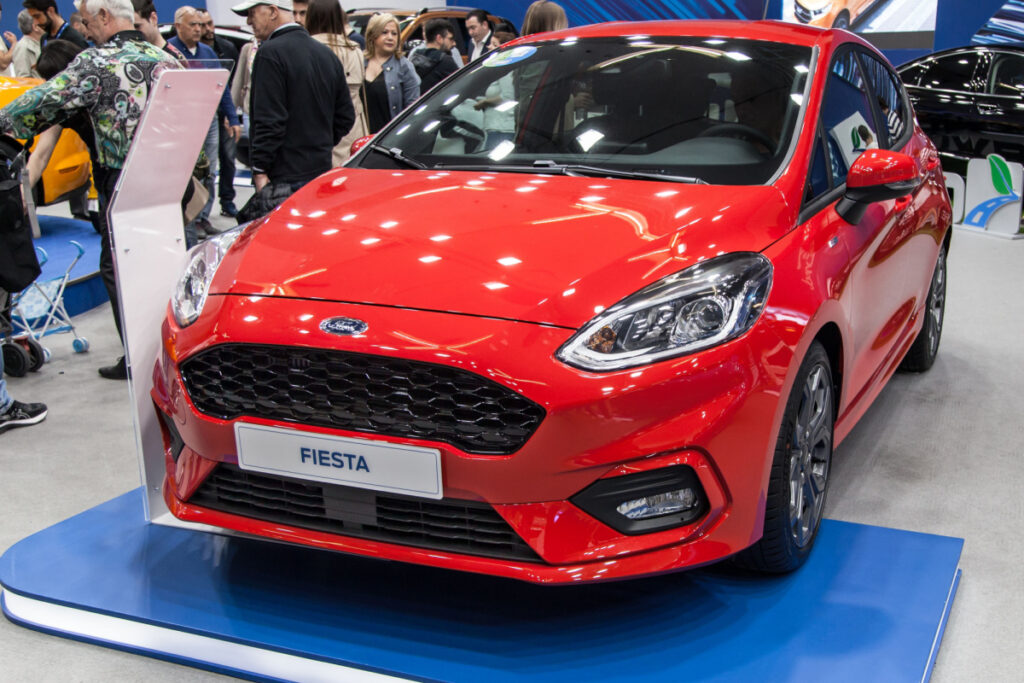
The Fiesta ST was a favorite among car enthusiasts for being a fun, affordable, and practical hot hatch. Its turbocharged engine and sport-tuned suspension made it a joy to drive. The discontinuation of the Fiesta in the United States in 2019 left a hole in the hot hatch market. Many believe Ford should not have discontinued the model, given its popularity among car enthusiasts and those looking for an affordable performance-oriented vehicle. The Fiesta was completely discontinued in June 2023, after 20 million units had been produced.
Ford Contour

The Ford Contour, a mid-sized sedan introduced in 1995, was discontinued in 2000. It was based on the European Ford Mondeo, aiming to offer a more dynamic driving experience than the typical American sedan. Despite its decent handling and available V6 engine, the Contour struggled in the U.S. market due to its cramped interior and competition from more established models in its segment. Sales never reached the expected levels, leading to its discontinuation.
Ford Windstar
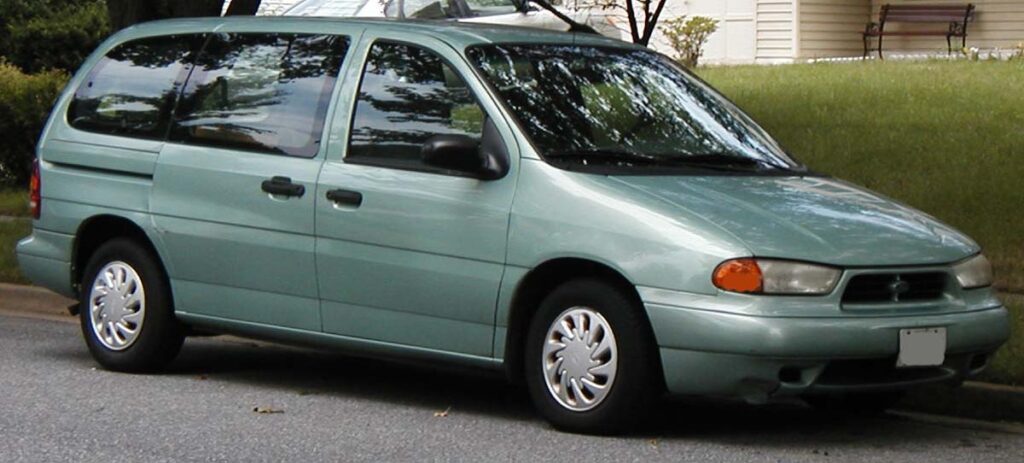
The Ford Windstar was a minivan introduced in 1994 to replace the aging Aerostar. Despite innovations such as dual sliding doors and a strong safety rating, the Windstar was plagued by reliability issues, particularly with its transmission and head gasket problems. These issues tarnished its reputation, leading to declining sales. It was replaced by the Ford Freestar in 2004.
Ford Freestar
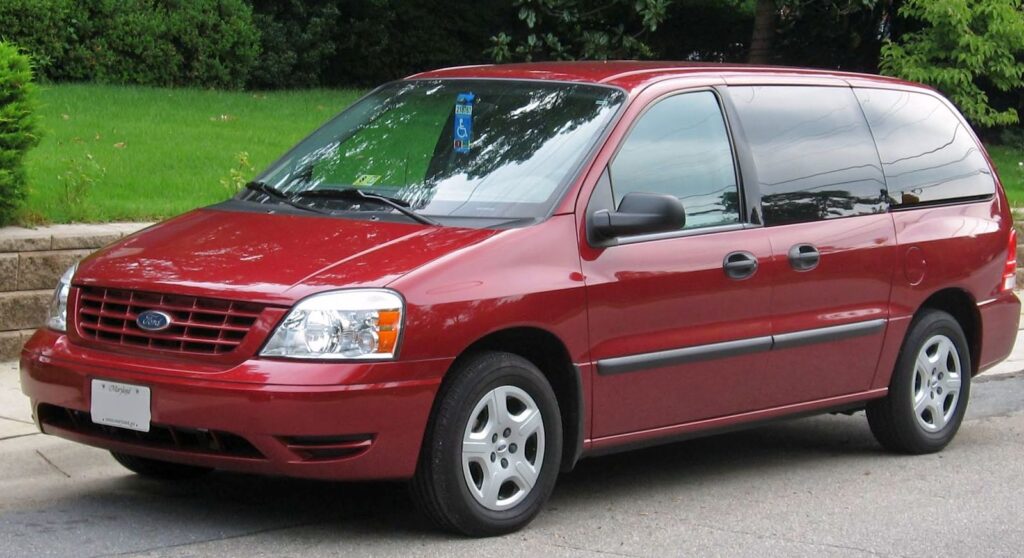
Succeeding the Windstar, the Ford Freestar was launched in 2004 but discontinued just a few years later in 2007. Despite improvements over its predecessor, including better handling and more refined powertrains, the Freestar could not compete with the more modern and versatile offerings from competitors. Declining sales in the minivan segment as a whole also contributed to its demise.
Ford Aspire
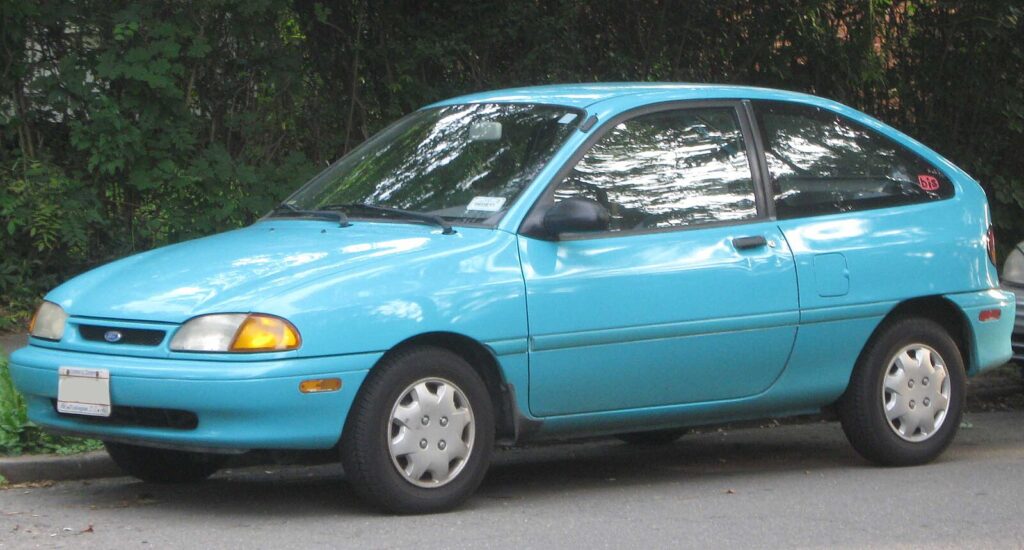
The Ford Aspire, available from 1994 to 1997, was a subcompact car known for its affordability and fuel efficiency. Despite these attributes, the Aspire suffered from a lack of power and minimal features, which made it less attractive compared to its competitors. Its small size and basic offerings led to poor sales figures, resulting in its discontinuation.
Ford Taurus X
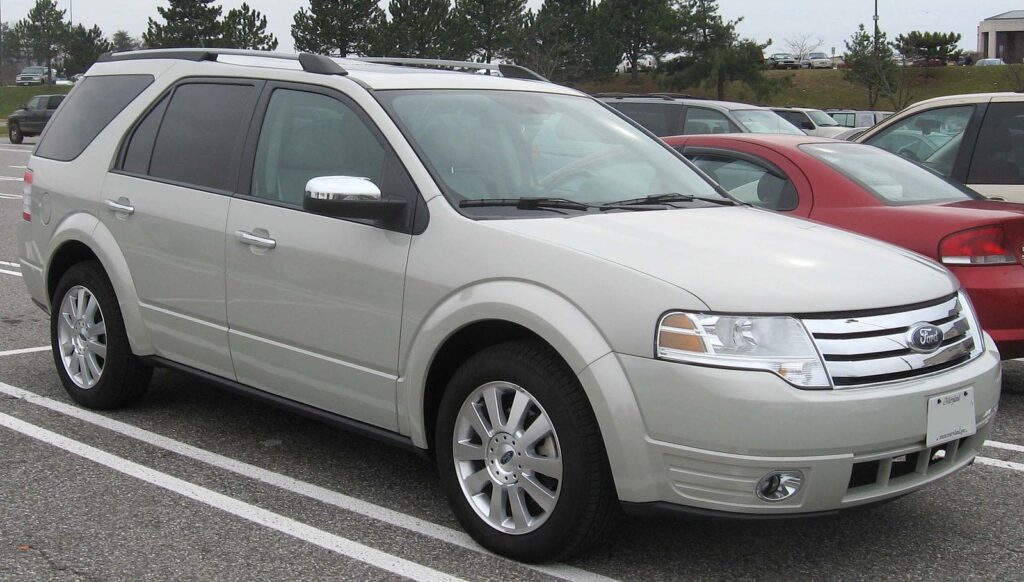
Originally introduced as the Freestyle and later rebranded as the Taurus X in 2008, this crossover was designed to offer the space of a minivan with the driving characteristics of a sedan. Despite being well-equipped and featuring a powerful 3.5-liter V6 engine, the Taurus X was discontinued in 2009 due to overlapping with other models in Ford’s lineup and slow sales.
Mercury Cougar
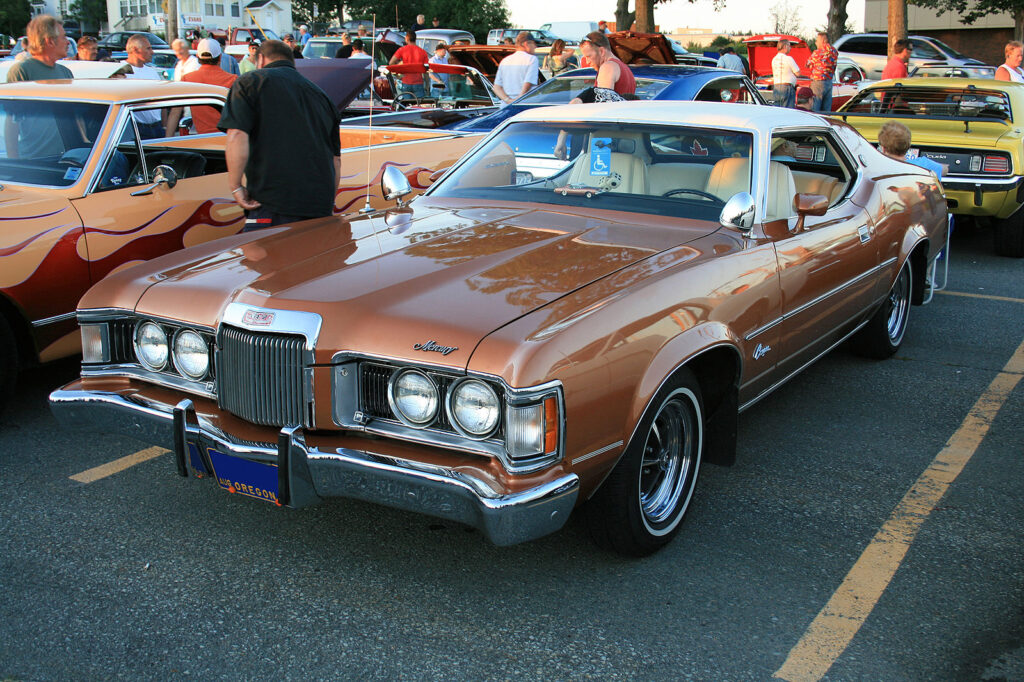
The Mercury Cougar was a more luxurious counterpart to the Ford Mustang, offering unique styling and more upscale features. Despite a long history dating back to 1967, the Cougar was discontinued in 2002 as Ford decided to focus on revitalizing the Mercury brand with different models. The decline in sports coupe sales and the desire to realign Mercury’s brand identity contributed to its phase-out.
Ford Flex

The Ford Flex, introduced in 2009, was notable for its distinctive boxy design and spacious three-row seating. It featured a powerful optional EcoBoost V6 engine and was well-received for its comfort and utility. However, it was discontinued in 2019 as Ford shifted focus towards SUVs and crossovers that offered more traditional styling and greater fuel efficiency.
Ford C-Max
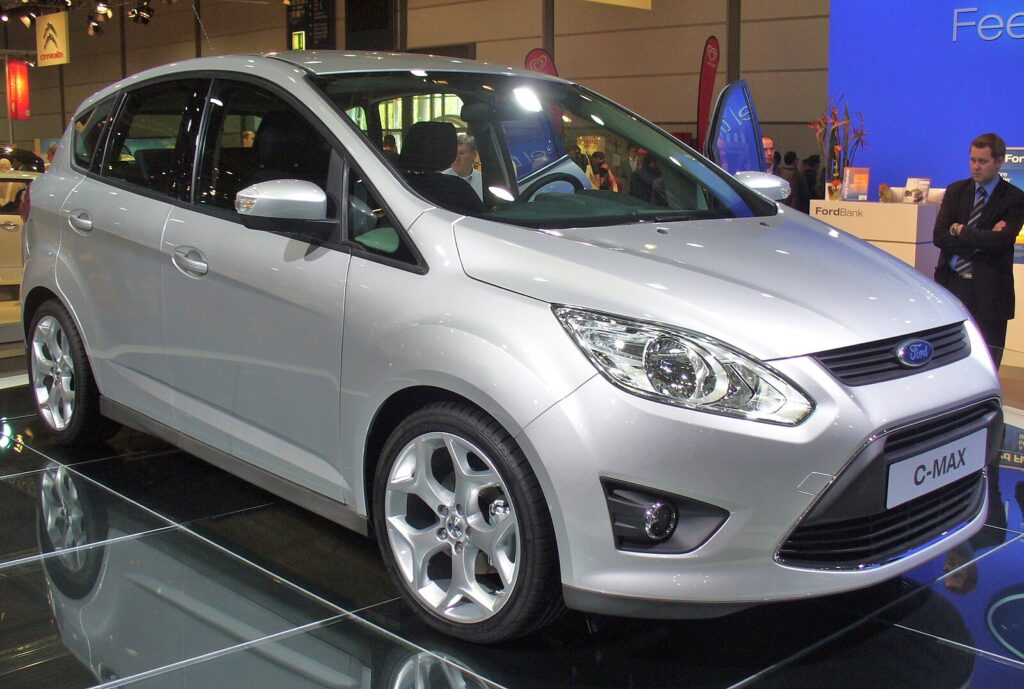
The Ford C-Max, a compact hybrid and plug-in hybrid, was introduced in the U.S. in 2012. It was marketed as a direct competitor to the Toyota Prius. Despite its practicality and efficient powertrain, sales were consistently low compared to its main rival. The C-Max was discontinued in 2018 as part of Ford’s move away from cars in favor of SUVs and trucks.
This article originally appeared on MyCarMakesNoise.
More from MyCarMakesNoise
The Best Budget-Friendly Hybrids You Can Buy
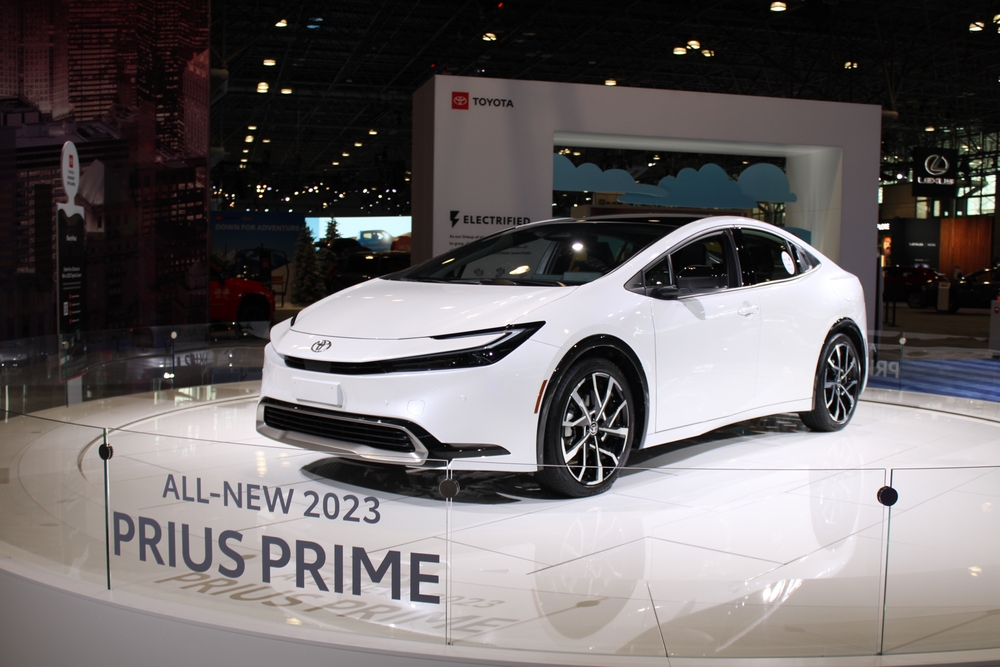
In the ongoing quest for sustainability and eco-friendliness, hybrid vehicles have steadily claimed their rightful spot in the limelight. However, many potential buyers are under the misconception that going ‘green’ with their vehicle choice might burn a hole in their pockets. Read More.
Essential Items Every New Driver Should Have

Being prepared can make all the difference, whether it’s a minor inconvenience or an unexpected emergency. This article covers essential items and a few unconventional ones that would help in a pinch. Read More.
The Best Motorcycles for Long-Distance Travel

These road-ready warriors, equipped with the latest technologies and luxuries, are designed to devour mile after mile easily. Read More.

